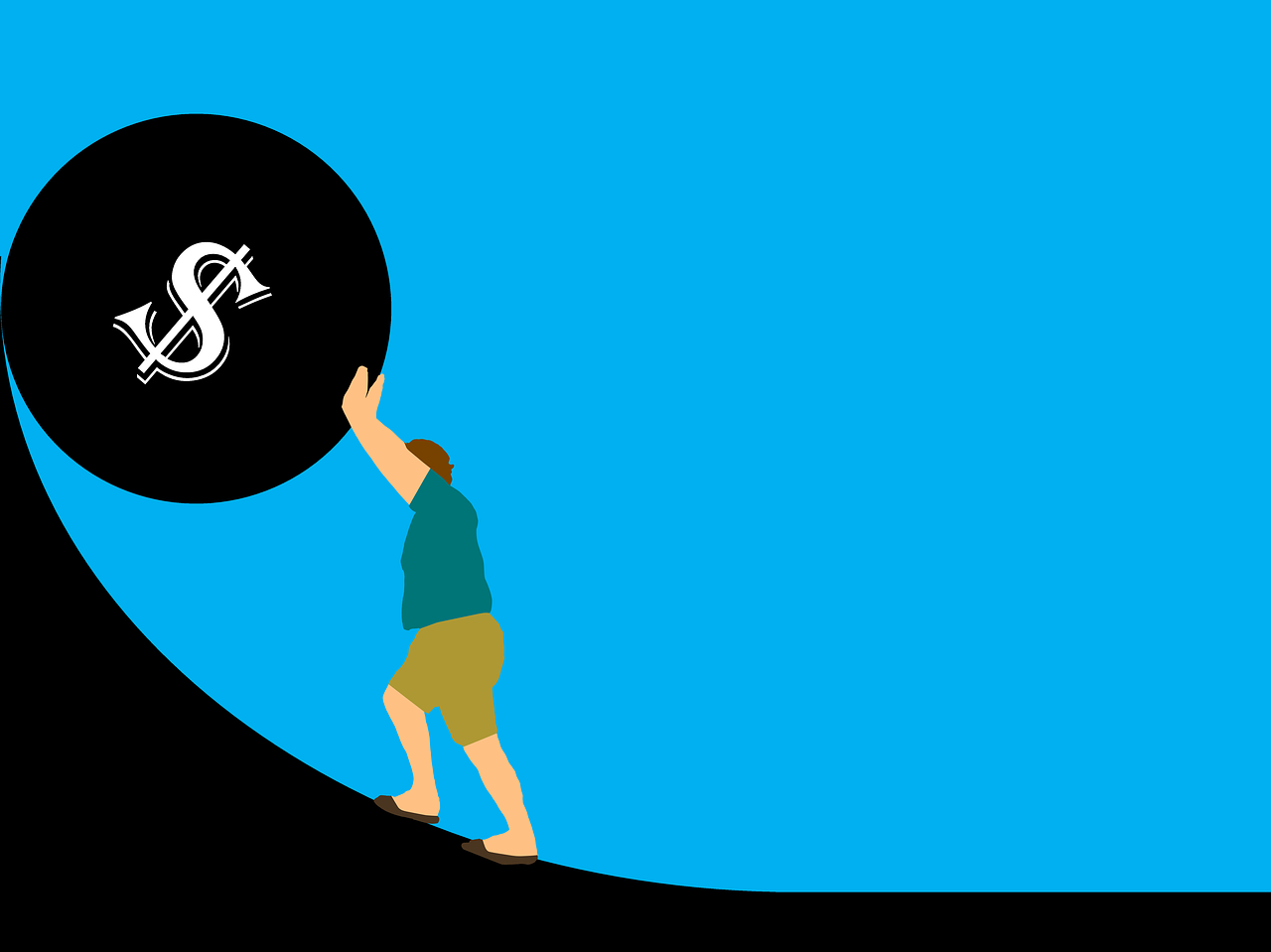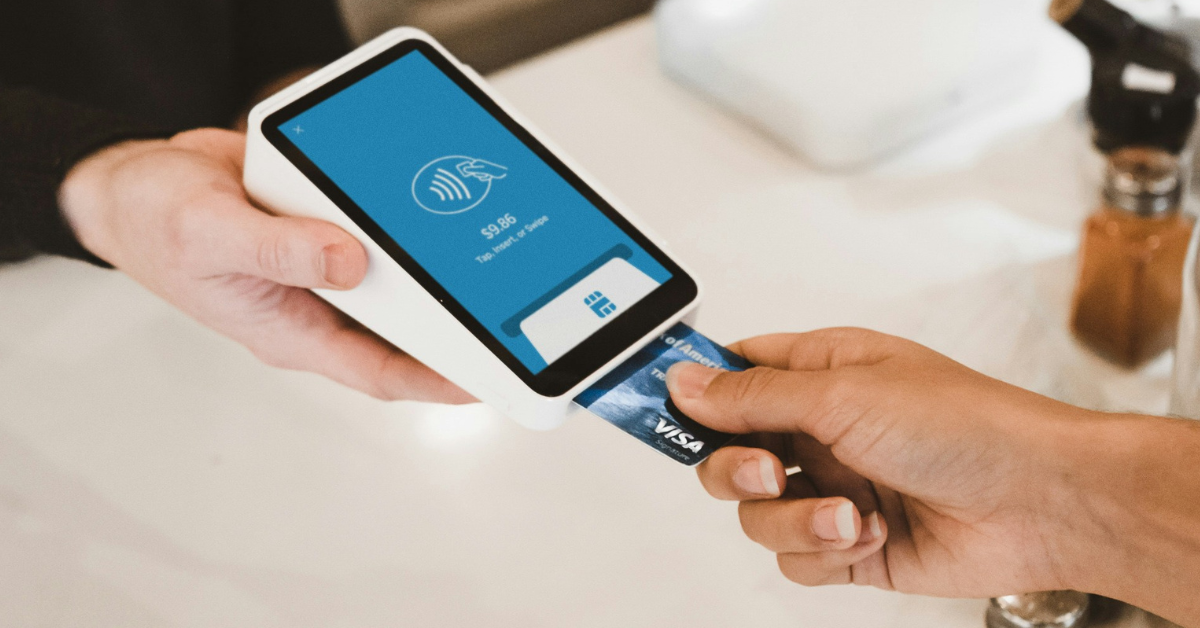By: Pamela Martinez, JBS Corp., & Rob Aquino, JBS Corp.
Endorphins and Dopamine are part of a group of chemicals responsible for humans experiencing contentment. Many experiences cause the release of these chemicals, but we are going to focus on one specific experience; spending money. As good as that feeling may be, if we get too carried away, the result is ultimately the same; Debt. Whether it’s a new home, new car, student loans, unexpected medical bills, or even a session of retail therapy, virtually everyone old enough to apply for a loan is in debt.
The average debt amount by generation is as follows:
| Generation | Average Debt |
| Generation Z (ages 18-23) | $9,593 |
| Millennials (ages 24-39) | $78,396 |
| Generation X (ages 40-55) | $135,841 |
| Baby Boomers (ages 56-74) | $96.984 |
| Silent Generation (ages 75 and up) | $40,925 |
Paying off debt is challenging and often takes years, which leads to feelings of discouragement about ever paying it off. In any case, the first attempt at paying off debt usually fails. No one wants to be in debt, but not everyone knows the best strategies to avoid it—which is why we’re here to discuss the snowball method.
Most individuals view debt as a complex mathematical equation. They see the interest accruing at alarming rates and pay off periods drifting further into the future, essentially leading to insecurities in developing a solution. Most behavioral economic studies done over the last decade or so have changed the way we view debt. We now know that ridding oneself of a debt burden requires more attention to psychology and decision-making than math problems and interest calculations.
Before we dive into the Snowball Method, the first step in getting rid of debt is identifying what got you there in the first place. Take a moment to sit down and analyze your debt. Where did it come from? Over what period was it accumulated? What was happening in your personal and professional life during that time? Most people do not maliciously collect the debt. Sometimes… life just happens. We often get caught off guard and throw logic and reason out of the window. What we need to do is focus. Pinpoint and break bad spending habits, create a budget for yourself, identify your fixed expenses (i.e., rent, utilities, loans, etc.), and calculate monthly surpluses and deficits. Discovering a deficit in your budget may suggest that you’re living above your means and is typically correlated with lingering debt. On the contrary, a surplus in your budget is beneficial and could be used towards decreasing your overall debt.
Unexpected financial gains, known as “cash windfalls“, should be used towards debt. For example, the recent government stimulus checks were an unexpected financial gain for U.S. citizens and, after covering bills, instead of spending the remaining amount on material items, can be used towards debt payment.
The snowball method is a debt repayment strategy in which an individual pays off their debt accounts in descending order while making the minimum payment on all other accounts. In other words, dedicating more money to fully pay off the account in which you owe the least amount and gradually make your way down the list. Compared to other repayment strategies, such as the high interest method —in which an individual pays off their debts in order of accounts with the highest interest rates—the snowball method is easy to stick with and a psychologically rewarding way to minimize debt.
The connections between minimizing debt and psychological rewards are simple; small wins lead to achieving goals. According to the Harvard Business Review, “Small Wins and Feeling Good,” small wins are aiding components of attaining goals, considering the number of setbacks that can arise in any situation, being able to point to meaningful advancement propels goal achievement. If we consider how small wins in our daily lives lead to our personal and professional growth, the idea of celebrating the little things when implementing the snowball method becomes clear.
The key to Paying off debt using this method is behavioral modification. The easiest way is to simply build out a plan and stick to it. The moment you create a budget, rid of bad spending habits, prioritize your cash windfalls towards your financial goals, and not your lifestyle wants, is the moment you begin to pave the way towards financial freedom.
With this article, we are attaching a “debt management plan (DMP)” spreadsheet that can assist with organizing your debts and creating a real-time solution on the most effective methods for debt repayment.
If you are having trouble viewing the spreadsheet, please email me directly at Pmartinez@jbscorp.net




